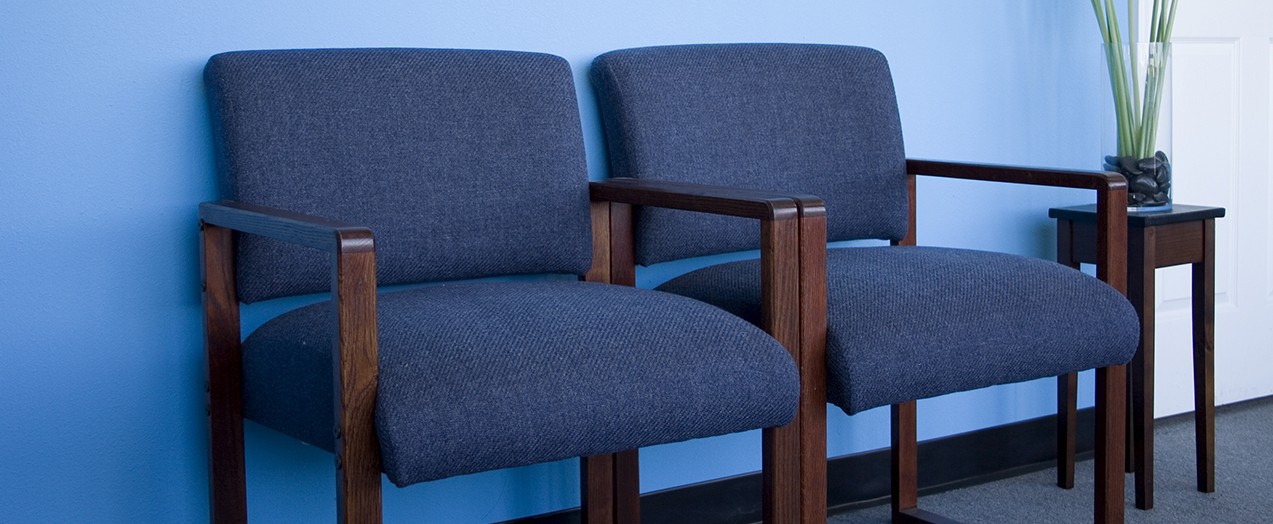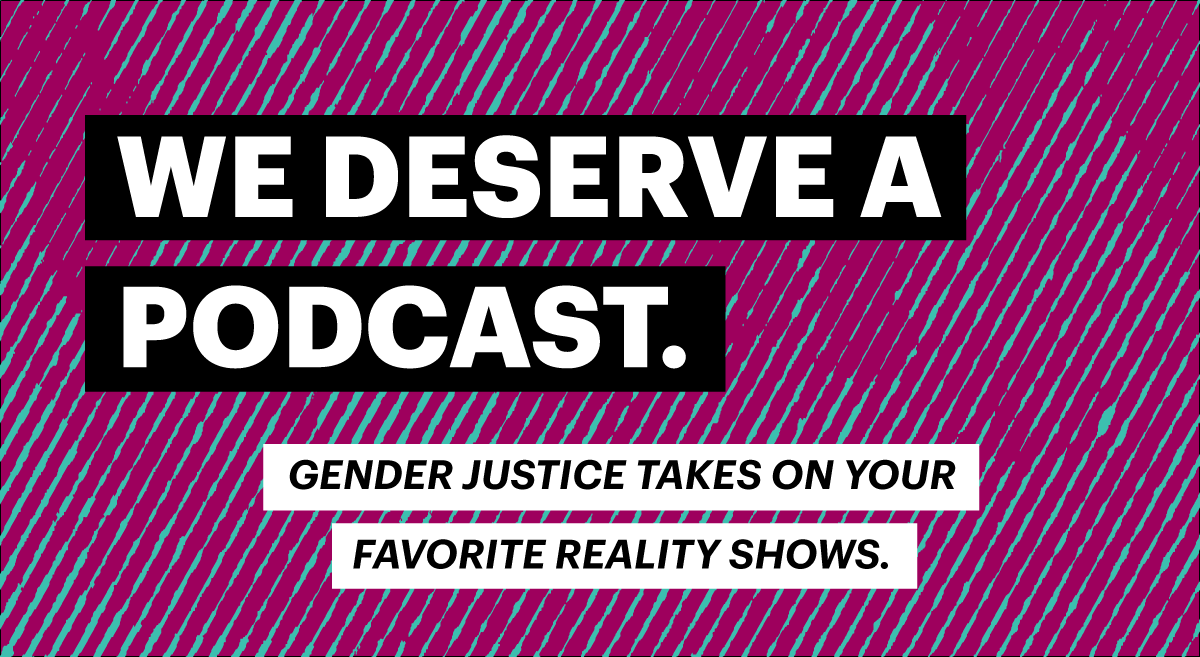Abortion rights, women of color, and LGBTQI+ people are under attack. Pledge to join us in fighting for gender justice.
CBO Score Proves that ACA Repeal Bill Will Force Cuts to Medicaid Enrollment

 Watching what is going on here in DC sometimes feels like watch a three-ring circus, or really, an 85-ring circus. And I want to draw your attention to something that’s being treated a bit like a sideshow: the horrific changes to Medicaid proposed in the House-passed ACA repeal bill. The Congressional Budget Office just released an estimate of what would happen to Medicaid under the House-passed bill and it isn’t pretty. By 2026, 14 million fewer people would be enrolled in Medicaid than are now. The bill achieves this atrocious result by restructuring how Medicaid is paid for in ways that ultimately forces states to cut the health care services covered by Medicaid and the number of people enrolled in Medicaid.
Watching what is going on here in DC sometimes feels like watch a three-ring circus, or really, an 85-ring circus. And I want to draw your attention to something that’s being treated a bit like a sideshow: the horrific changes to Medicaid proposed in the House-passed ACA repeal bill. The Congressional Budget Office just released an estimate of what would happen to Medicaid under the House-passed bill and it isn’t pretty. By 2026, 14 million fewer people would be enrolled in Medicaid than are now. The bill achieves this atrocious result by restructuring how Medicaid is paid for in ways that ultimately forces states to cut the health care services covered by Medicaid and the number of people enrolled in Medicaid.
A primer on Medicaid financing.
Most people have heard of Medicaid, but don’t know very much about it how it functions.
Medicaid is a federal program, run by states, that provides coverage of health care services for vulnerable populations. Medicaid is structured so that states enroll those who are eligible for it, pay for the health care that person needs (that Medicaid covers), and then the federal government reimburses the state for a percentage of what the state paid. This structure means that:
- Anyone who is eligible for Medicaid can enroll and no one is turned away;
- If Medicaid covers a service and you are enrolled in Medicaid, you can get that service;
- And the federal government picks up a portion of the state’s tab no matter what.
The House-passed ACA repeal bill’s vision for Medicaid.
Imagine for a moment what happens to Medicaid in states if the federal government says: we’ll only be picking up the tab up to a certain fixed dollar amount. This is what the House-passed ACA repeal bill does through something called a “per capita cap” or a “block grant.” In this scenario, the state will have to pay the costs above the certain fixed dollar amount, no matter how high it goes. Thus, the state’s interest shifts to focus on making sure that the costs don’t get too high, rather than on ensuring people who need health care get that care: the point of the Medicaid program.
Perhaps that sounds somewhat reasonable – you’re thinking that it is a government program and there have to be places where money is wasted. You’re wrong. Medicaid is incredibly efficient. The only way states could do what the House-passed bill proposes is to cut eligibility and cut services. There really is no other way.
Cuts to Medicaid would disproportionately affect women.
The fact is, Medicaid is an incredibly important program that helps women and families who are trying to make ends meet and put food on the table.
- Medicaid provides coverage for one in six women (18-64 years old), and for the poorest and sickest women it is often their only source of coverage.
- Two-thirds of adult Medicaid beneficiaries are women.
- Medicaid pays for almost half of all births in the U.S. and 75% of all publicly-funded family planning services.
- Two-thirds of seniors who receive Medicaid coverage are women. This coverage helps seniors cover Medicare premiums and out-of-pocket costs and covers services Medicare does not, like long-term care services.
If the bill were to pass the Senate, Medicaid as we know it would cease to exist. We would have a program that is a mere shadow of its former self, unable to guarantee coverage of needed services for all those eligible for it. And given the disproportionate impact the bill would have on women, House Republicans are yet again throwing women under the bus.





